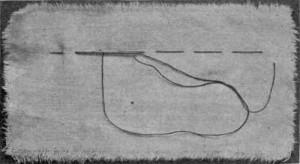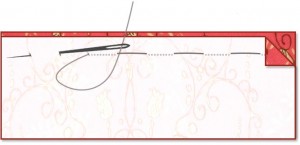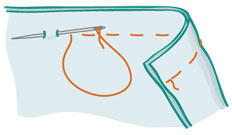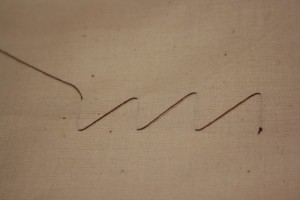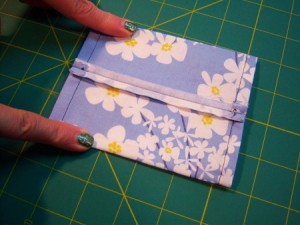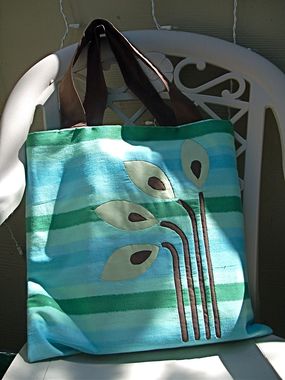Basting Stitch
Table of Contents
What is a Basting Stitch
The basting stitch, also known as tacking, can be defined as a long running stitch mainly used to temporarily hold two or more layers of fabric together until they can be properly sewn with a permanent stitch.
It is best to do it in a color that contrasts the base fabric so that it is easy to remove after the permanent stitch is done. It can be ideally used to stitch up seams when fitting muslin. Done as long individual stitches, it comes on quite fast and can be pulled out easily. It is needed in areas that call for close control such as ease stitch, curved seams and set-in sleeves.
Instructions For Baste Stitch
- Thread the needle and tie a knot at the end.
- Insert the needle into the fabric from the underside to the front. You will sew from right to left.
- Now weave the needle in and out of the fabric forming a dashed line, taking care to keep the stitches of equal length. You can keep the length of the stitches within ½” – ¼ “. The look resembles that of a longer running stitch.
Hand Basting Stitch Video Tutorial
Types of Basting Stitches
There are two main forms of baste stitching.
- Even basting – This has equal length of stitches on both sides of the cloth.
- Uneven basting – This irregular kind of basting has a longer stitch on the right side of the fabric and a shorter length on the wrong side.
A few of the other variations follow.
You can also use loose herringbone stitch for basting.
Uses
If you want to make a ruffled skirt or a ruffled hemline for a pillow cover, the stitch can be of immense help. If you are doing it on a sewing machine, you need to know the specifications of the model to create stitches of the desired length.
While basting hems, you should not tack exactly the edge but somewhere near it making room for the seam allowance.
The method comes to your rescue while sewing invisible zippers.
Other uses include tie-dyeing, stitching hems and shoulders of suits and jackets, making pleats in kilts and sewing quilts, leather coverings of steering wheels, etc. The simple procedure serves the purpose of doing quick embroidery designs quite fittingly.
Related Articles
Join Our Mailing List
Sign up to get the latest updates, along with fresh patterns and tutorials, right to your inbox

